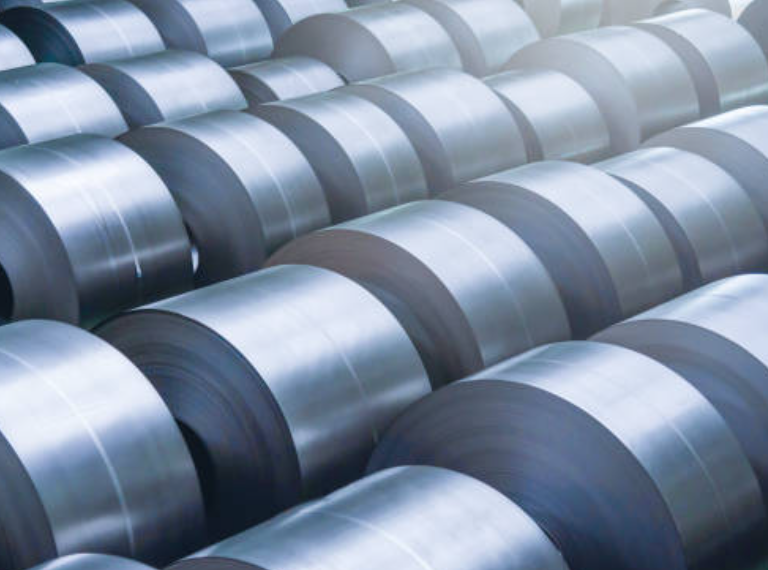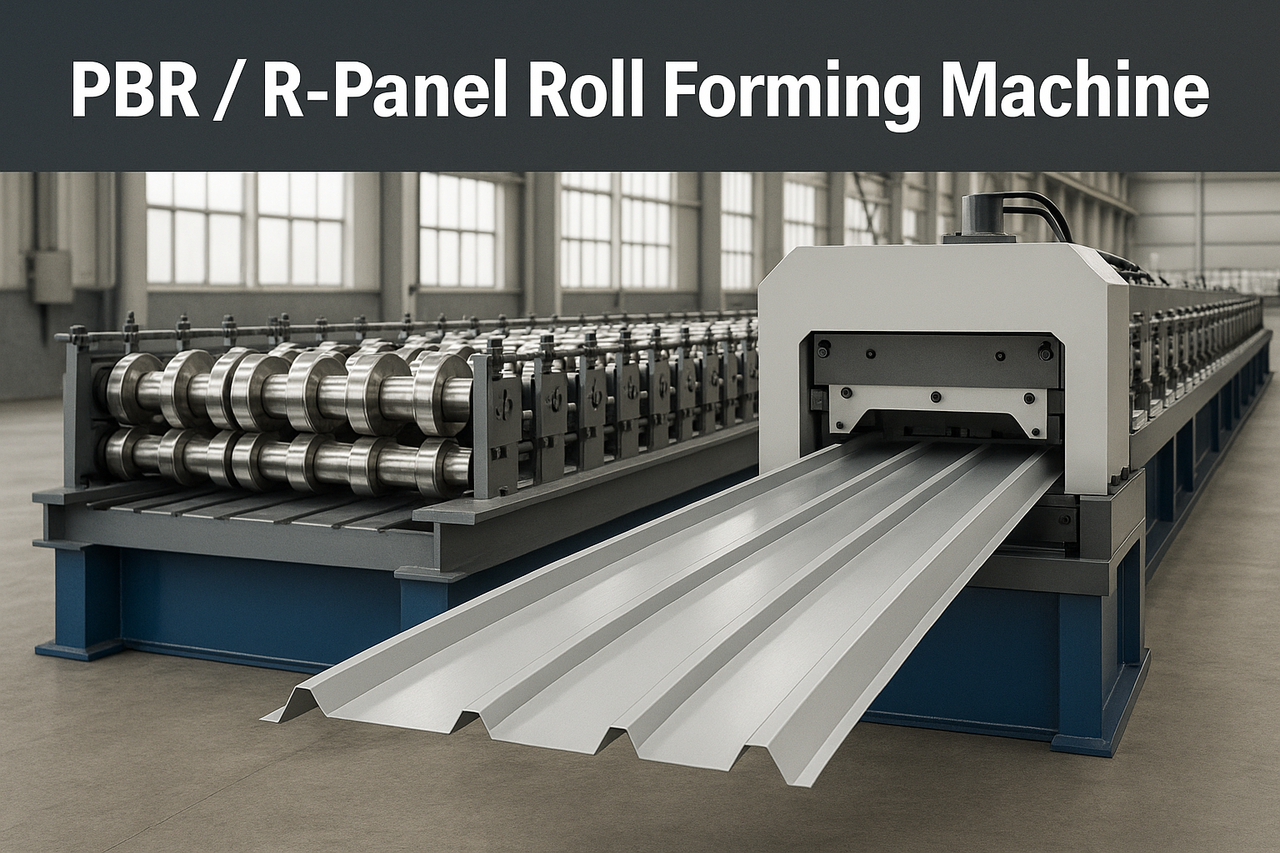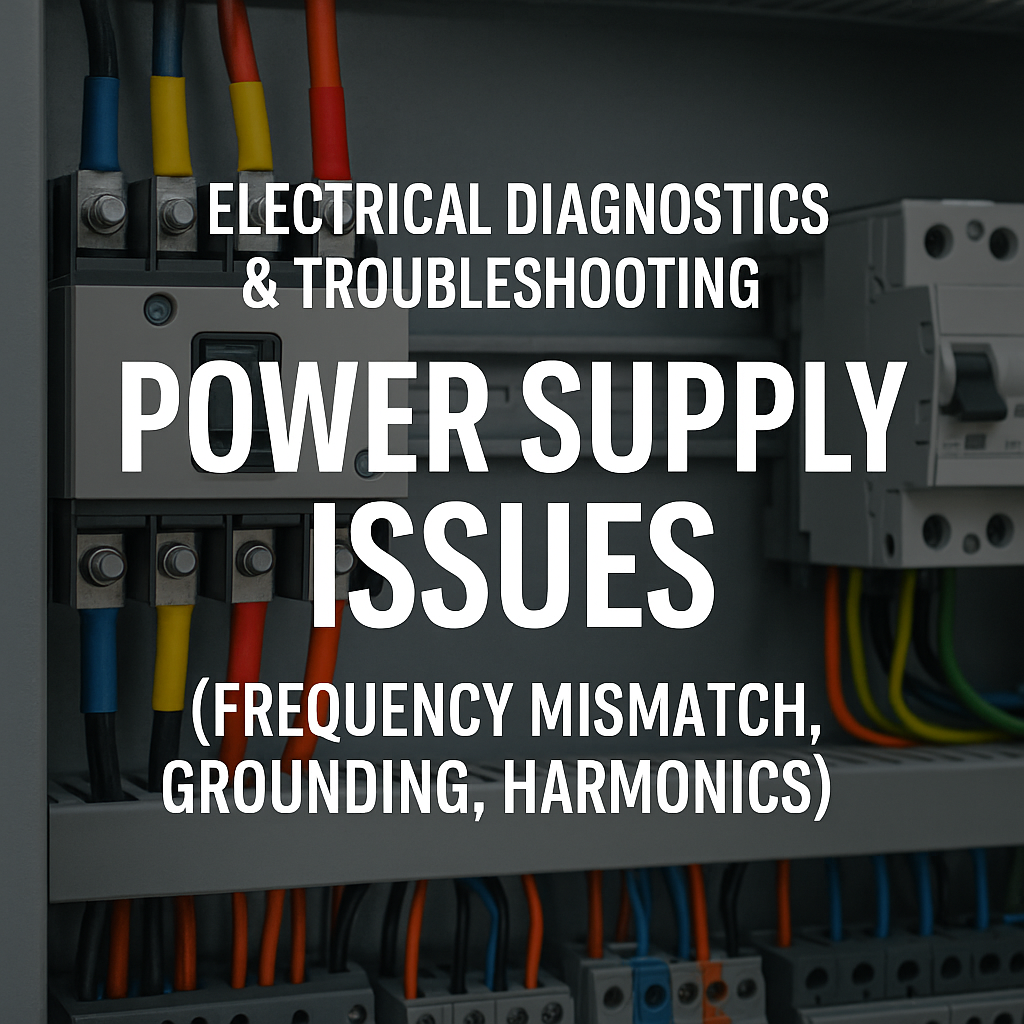
Posted on Wednesday, October 1, 2025
When running a roll forming line, one of the most common challenges operators face is changes in coil material. Specifically, changes in tensile strength can significantly affect the finished profile, causing misaligned bends, uneven edges, and out-of-spec parts. Understanding why this happens—and knowing how to adjust your machine—can save time, reduce waste, and improve product quality.
Roll forming relies on precisely shaped rollers to gradually bend metal into a consistent profile. However, not all steel behaves the same. Tensile strength, a measure of how much stress a material can withstand before deforming, plays a key role in how the metal reacts during forming:
High-tensile steel is stiffer.
It resists bending and tends to “spring back” after passing through the rollers.
Angles may appear shallower, and edges may curl.
Low-tensile steel is softer.
It bends more easily, but may stretch or distort under the same roller settings.
Profile distortion occurs.
Width or height of the profile can change.
Corners may lose definition.
Downstream processes, like cutting or punching, may struggle if tolerances are off.
In short, using the same roll forming settings for coils of different tensile strengths will rarely produce the same finished profile.
Adjusting for coil tensile strength requires careful calibration and testing. Here’s a step-by-step approach:
Make sure the coil is centered and feeds evenly.
High-tensile steel is less forgiving of misalignment. Even a slight offset can distort the profile.
High-tensile steel: Open the roller gap slightly to reduce forming stress and minimize springback.
Low-tensile steel: Close the roller gap slightly to ensure bends hold their shape.
Slow down early forming stations to allow high-strength steel to conform gradually.
Adjust later stations to compensate for springback and ensure angles meet specifications.
Slower speeds are beneficial for high-tensile materials, giving the steel time to bend without excessive stress.
Faster speeds may be possible with lower-tensile material, but always test first.
Anticipate springback by slightly over-bending high-tensile steel.
Measuring test strips and adjusting rollers accordingly helps maintain consistent profiles.
Always run a short test coil when changing materials.
Measure the profile, note differences, and fine-tune your settings before full production.
A simple table documenting coil tensile strength vs. roll settings for each profile can save time and reduce errors. Include:
Entry guide positions
Roll gaps for each station
Recommended speed
Expected springback compensation
Having this table at the line allows operators to make quick, accurate adjustments when switching materials.
Coil tensile strength directly affects how a roll forming machine shapes steel. By understanding material behavior and adjusting entry guides, roll gaps, forming sequence, and speed, operators can maintain high-quality profiles across a range of steel grades. A proactive approach—combined with test runs and an adjustment table—ensures consistent results, reduces waste, and minimizes downtime.
For operators struggling with changing coil materials, following these guidelines can make the difference between a perfect profile and costly scrap.

32/1000 Box Profile Roll Forming Machine – Complete Guide & Specifications
Posted on Sunday, November 16, 2025
High-performance 32/1000 box profile roll forming machine for roofing and cladding. Full specifications, profiles, applications, pricing

PBR / R-Panel Roll Forming Machine – Complete Guide & Specifications
Posted on Sunday, November 16, 2025
PBR / R-Panel roll forming machine for roofing and wall cladding. Full specs, profiles, applications, pricing, and global buying guide. Built to order.

Posted on Sunday, November 16, 2025
How to Diagnose and Fix the Hidden Electrical Problems That Cause Downtime
Copyright 2025 © Machine Matcher.